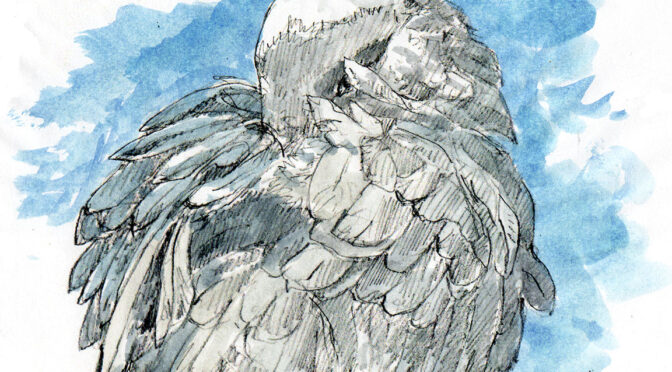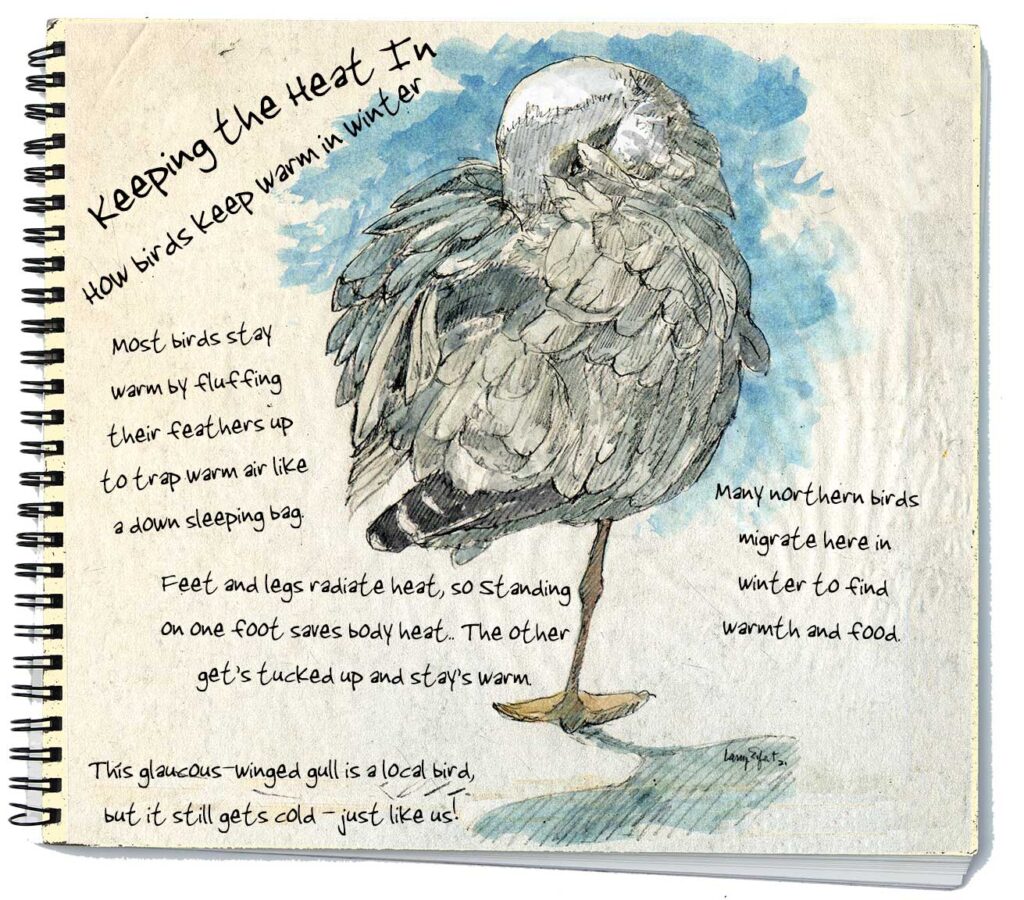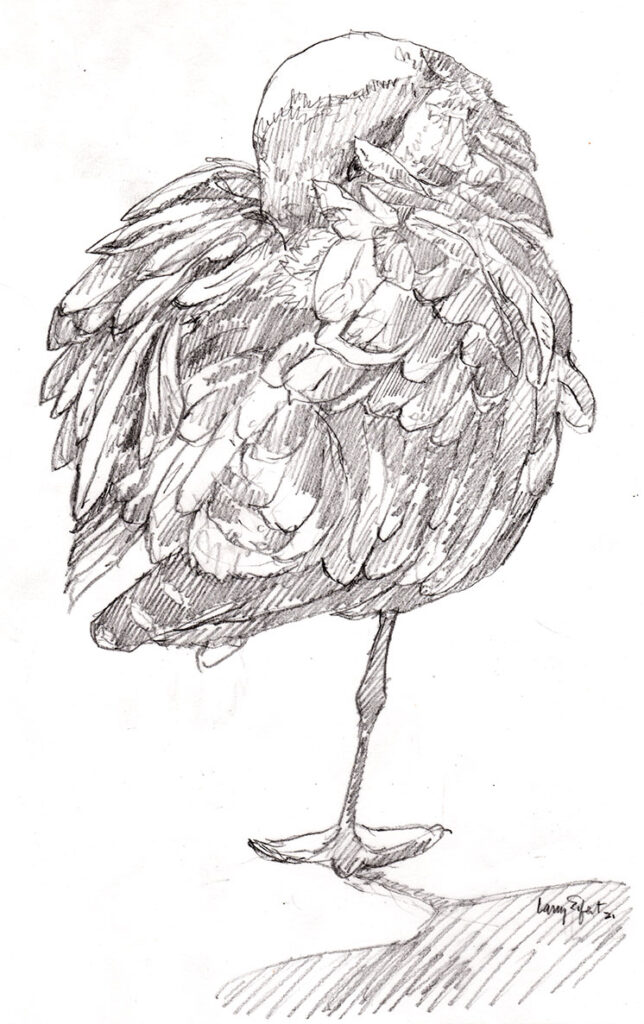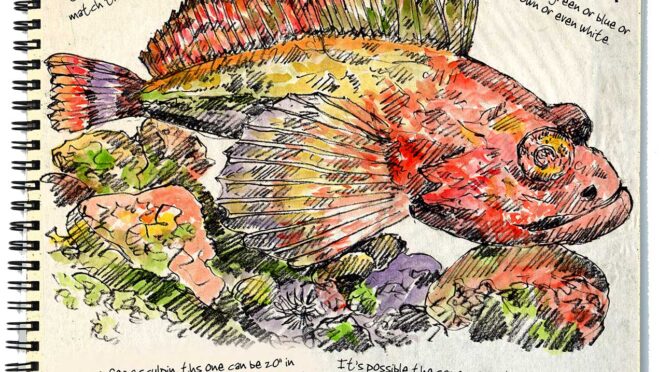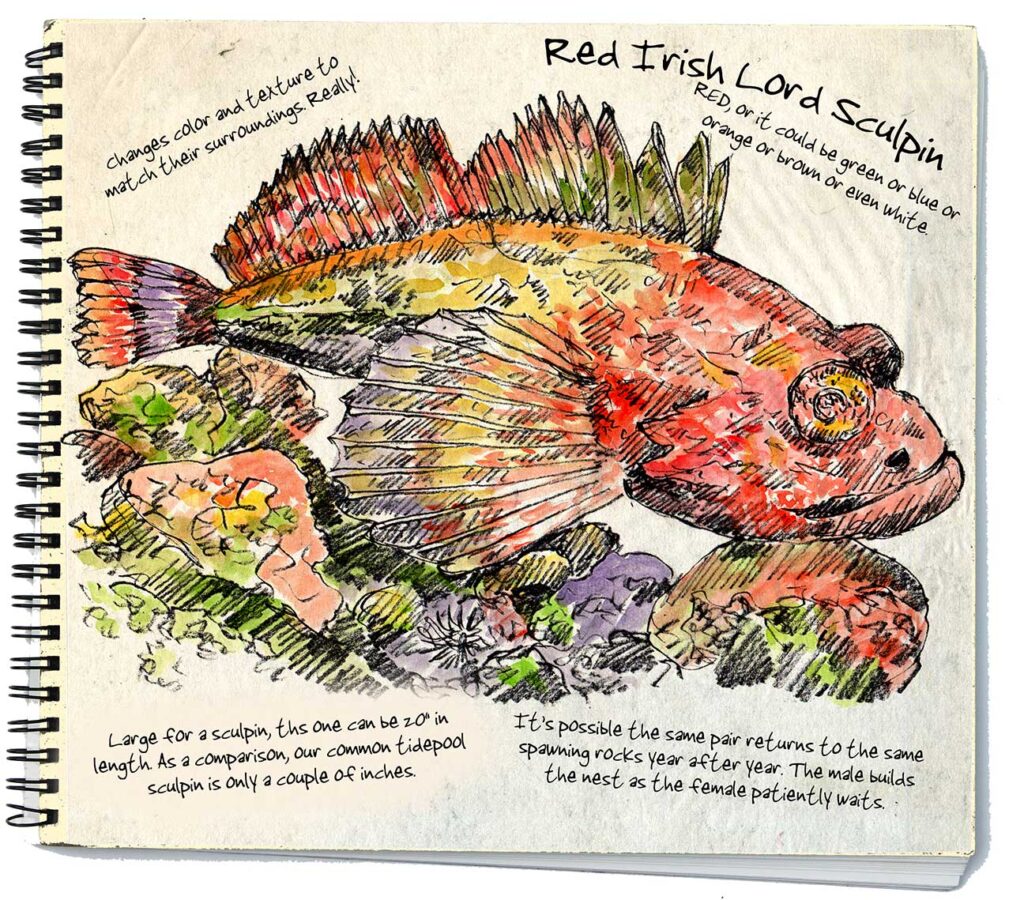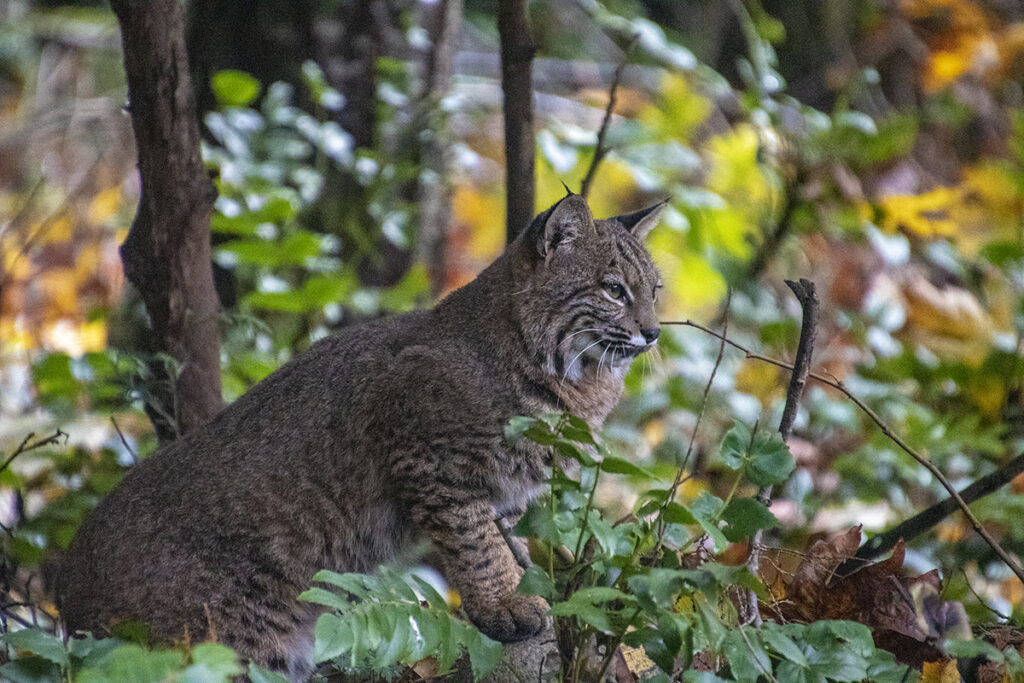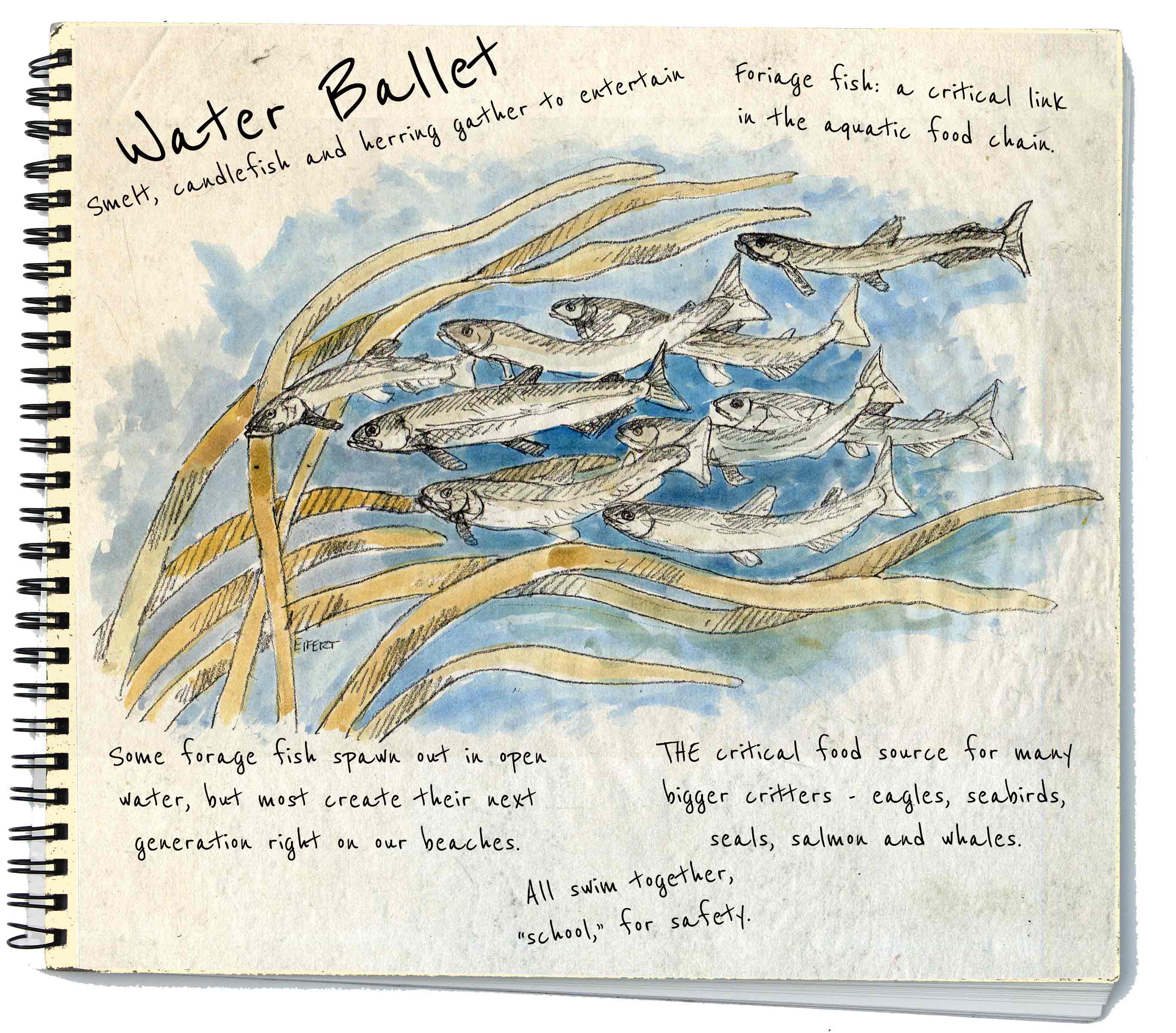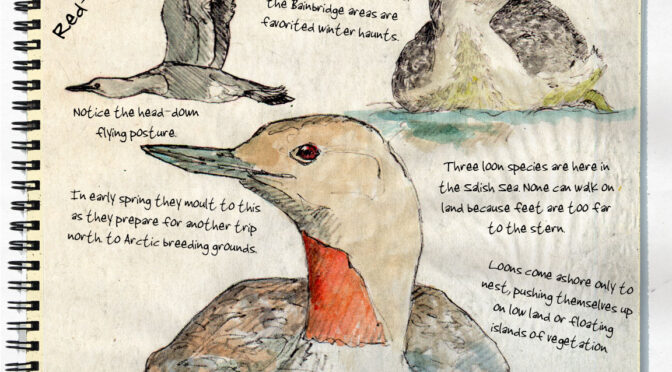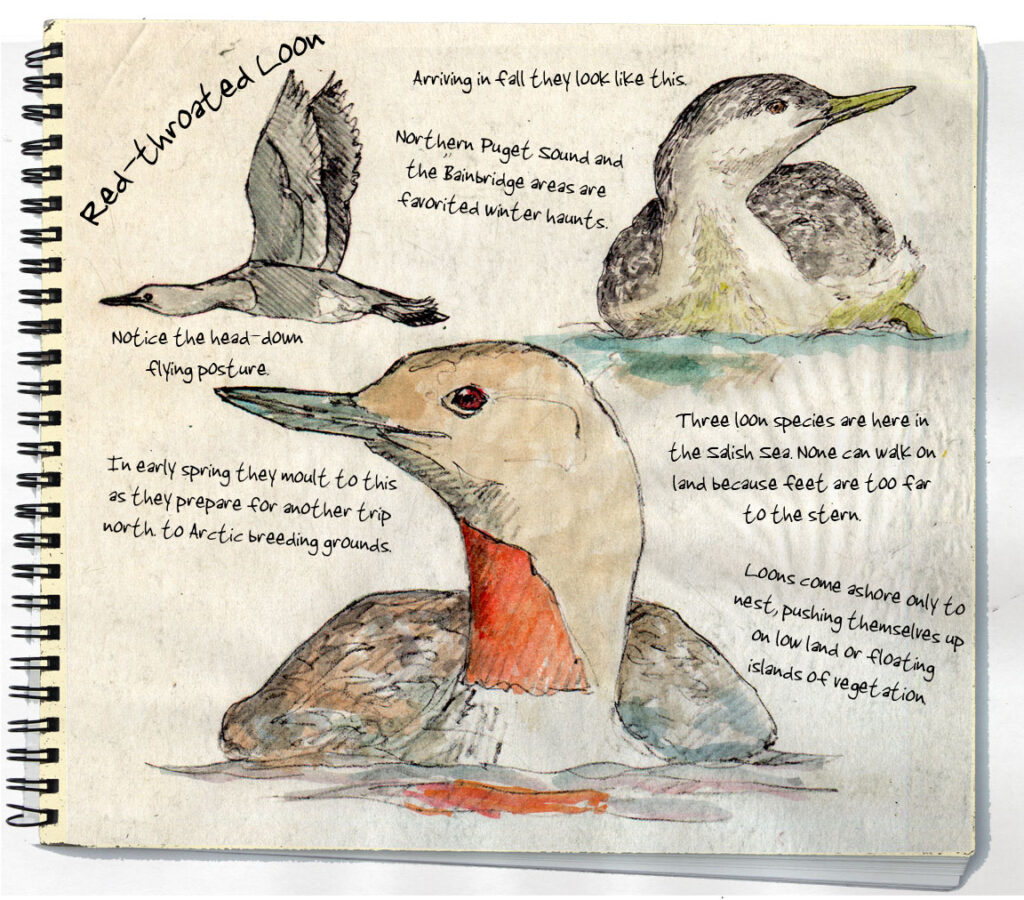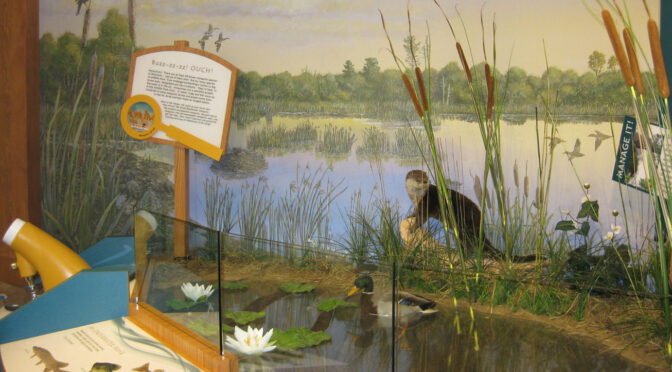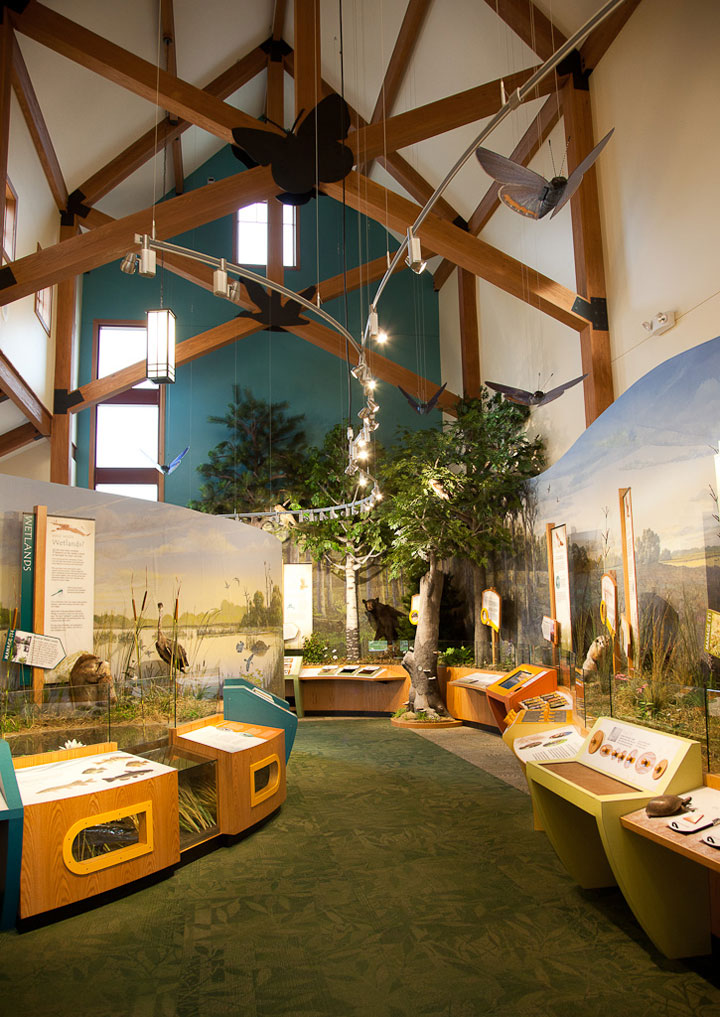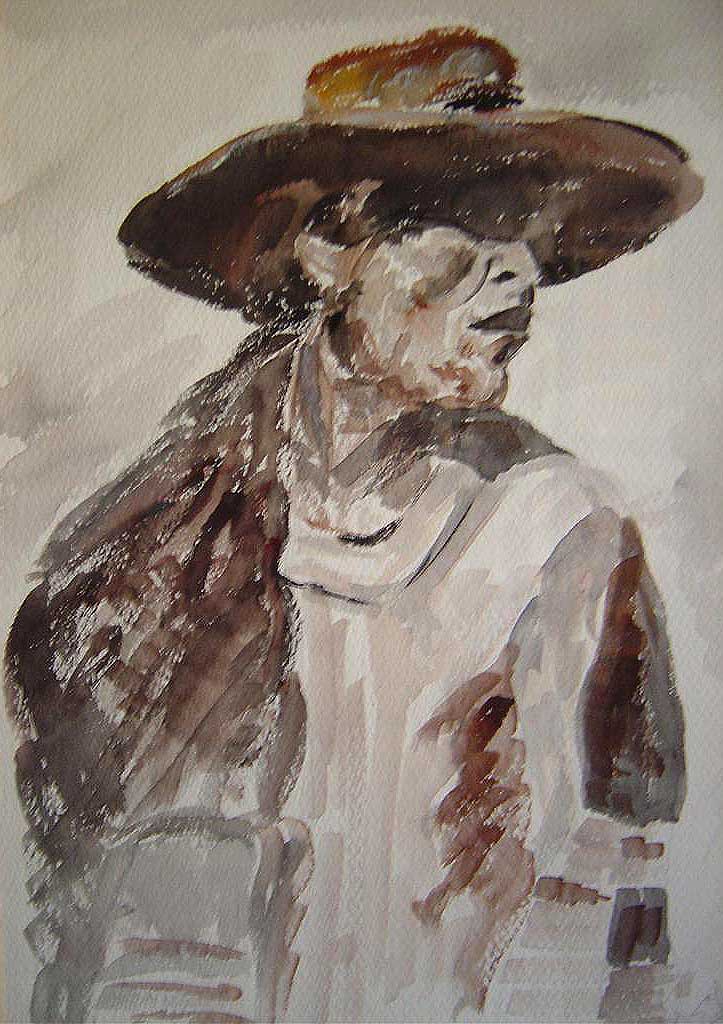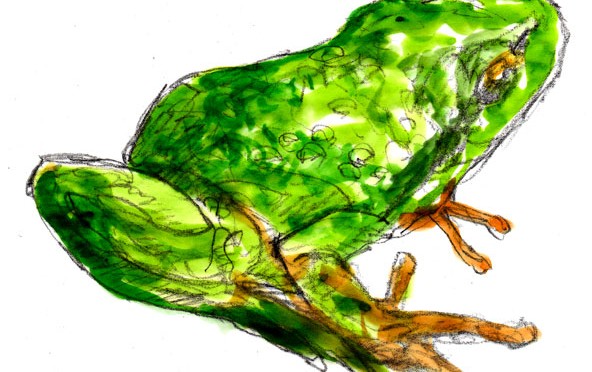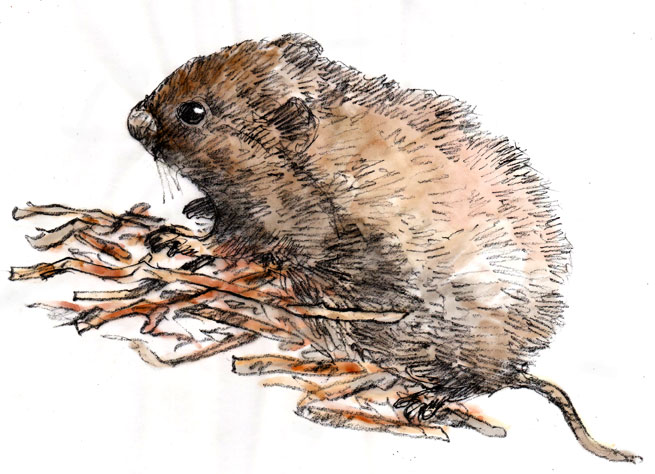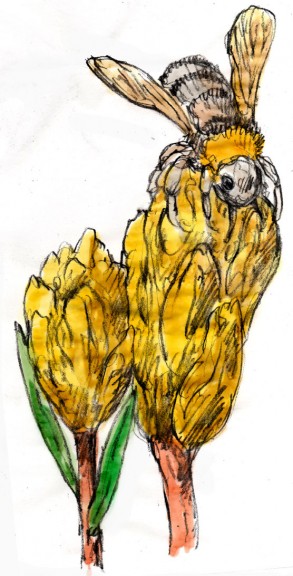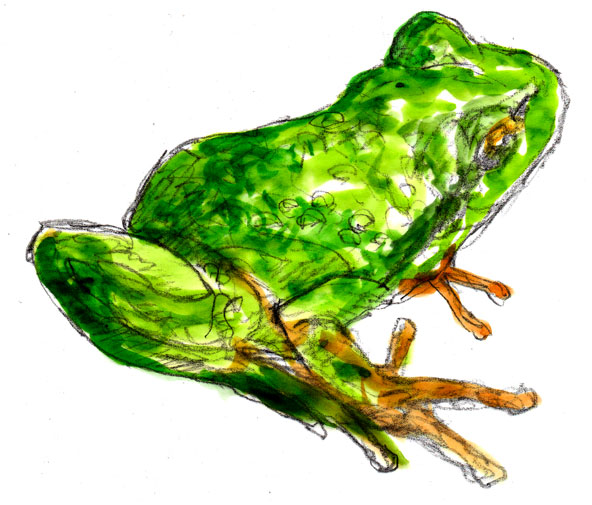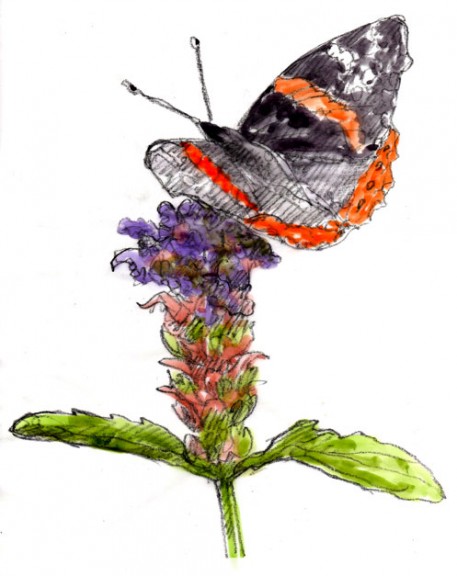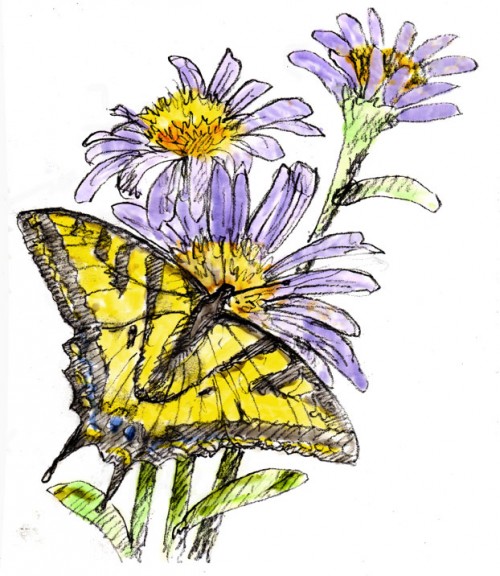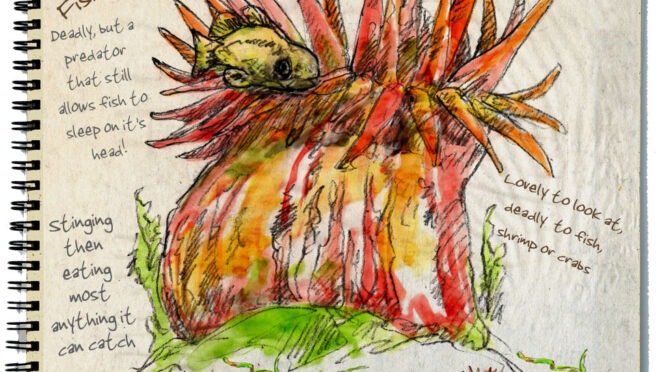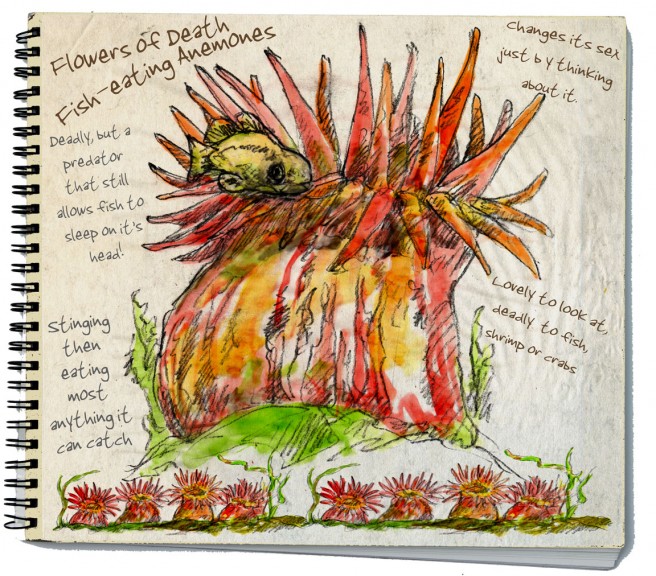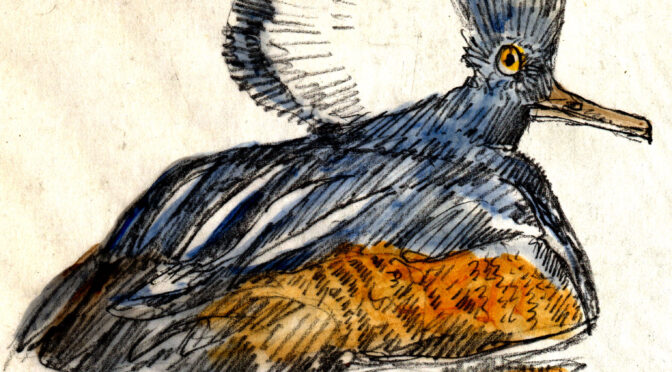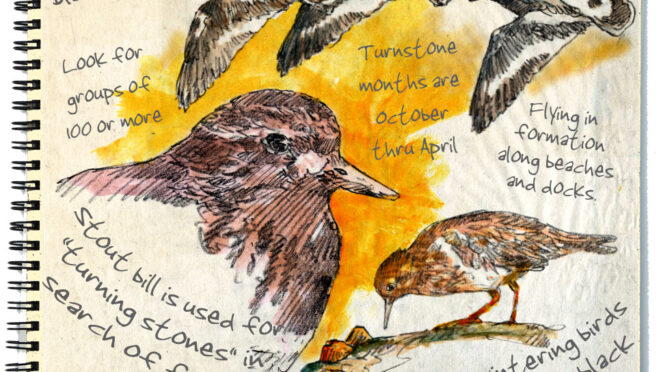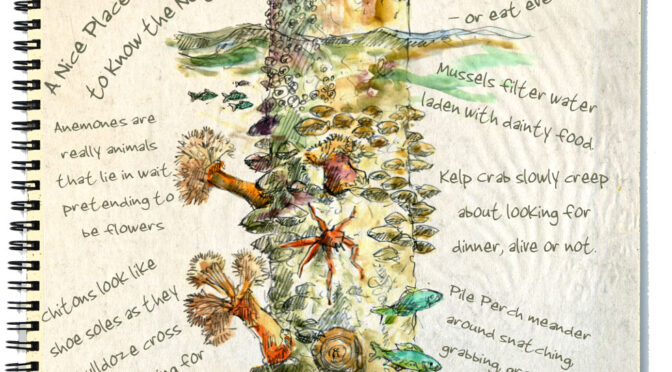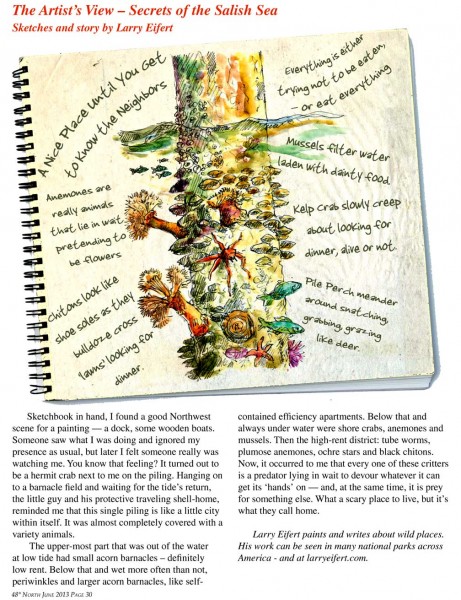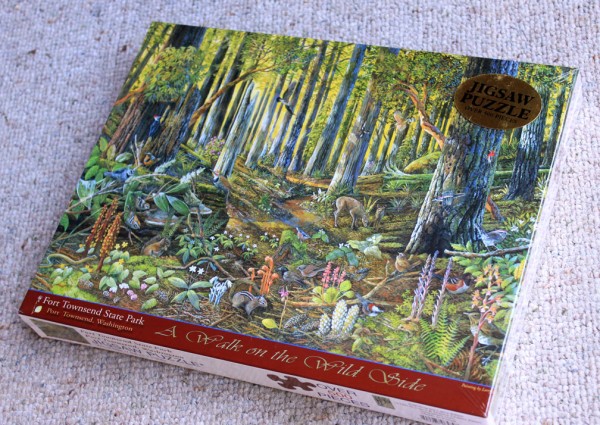This was my 48 North magazine story for December, 2021. Since Port Townsend and most of Western Washington are locked in a deep-freeze snow event, I thought it might be interesting to pass this around. Above is the watercolor art, below is the final page of the journal.
And here’s the text for the art:
Baby, it’s cold outside. But compared with some other places, the Arctic, Alaska – the Salish Sea has a fairly balmy winter. So balmy that many thousands of birds migrate here to spend winters in relative comfort. It’s still cold, but birds have adapted and evolved to help them survive our winters. On average, a bird’s body temperature is 104OF, so they’re even more vulnerable to cold than we are. Probably their biggest adaptation is an innate knowledge that if they fly south, it’ll be more comfortable. And there are other physical adaptions to get them to spring. Most birds have the ability to control each one of those thousands of feathers individually – so they can fluff their feathers up to trap warm air between feathers and skin, creating a down coat. You may have seen birds ‘fluffing up’ this time of year in periodic motions.
Most birds also have feet and legs that aren’t as warm-blooded as their bodies. Instead, those parts are mostly bones and skin, so less heat is required than to warm fatty tissues. Legs and feet also have an intricate network of unusual intertwined blood vessels that is a built-in heat transfer system. This creates a counter-current of warm blood passing by the cold returning blood, a heat exchange system that keeps the heat in their bodies’ core instead of trying to keep external parts warm, too. When the cold blood from feet, now somewhat pre-warmed arrives in the core, it’s already back up to nearly body temperature. Other methods: when birds sleep, their bills get tucked under feathers to keep that part warm, but also to inhale warmer air into their lungs, again saving the effort to keep their body core warm. This of it as a down muff. Take a moment on that cold winter morning marina walk and watch these guys. See any ‘fluffing’ going on?
This is the original line drawing it all started with. I saw this gull downtown, leg tucked to keep it warm, nose in its feathers, one eyeball open (sort of). Two nights ago it hit 16 degrees, just so unlike our normal world here.


Happy Holidays and we welcome you to read along with our art and travels next year. Meanwhile, we’ll just keep stuffing wood in this big black hole.
Thanks for reading this week. You can sign up for emails for these posts on my website at larryeifert.com.
Larry Eifert
Here’s my Facebook fan page. I post lots of other stuff there.
Click here to go to our main website – with jigsaw puzzles, prints, interpretive portfolios and lots of other stuff.
Nancy’s web portfolio of stunning photography and paintings.
